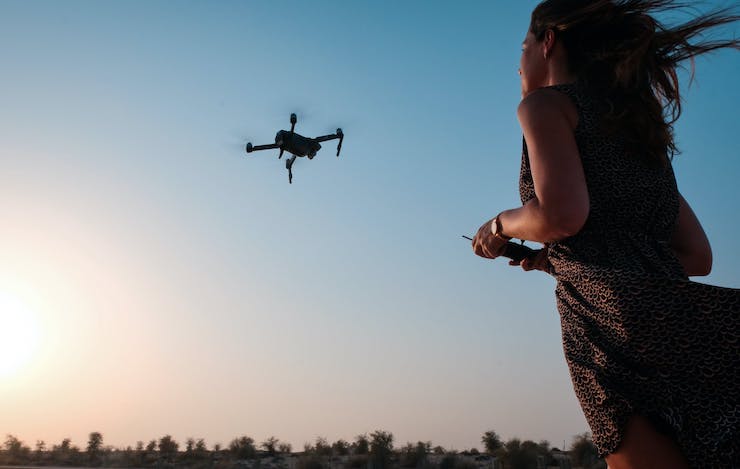Two Vocational High Schools in Texas Create Course to Teach Students About Drones

As post high school education becomes more academically and financially competitive, many American families are choosing to send their children to vocational high schools. While the majority of vocational high schools are private schools, there are some public vocational schools, or public high schools with accredited vocational programs. Most vocational (VoTech) school programs are STEM (Science Technology Engineering Mathematics) based programs. These schools allow high school students the opportunity to start studying courses that will prepare them for the real world. For example, if a student knows they want to go to college and study biology a VoTech school can prepare them, giving them a higher chance of getting into the school of their dreams. Likewise, if a student knows that a four year college isn’t in their future, they can take VoTech classes to prepare them for working in an engineering field, like HVAC perhaps. It is up to the school to create a curriculum that will provide the students with courses representative of real world opportunities. Recently, two high schools in Texas added a new course to their VoTech program to support the ever growing field of drone technologies.
Sharyland High School of Mission, TX and Pioneer High School in nearby Hidalgo County both have an enrollment of less than 2,000 students, setting an environment of small class sizes. Some of the programs offered at the schools include specialties in athletics, fine arts, foreign languages, and of course STEM studies. The Sharyland schools group much of the STEM classes in their Career and Technical Education (CTE) program. Beginning in 2018, as part of the CTE program’s Law, Public Safety, Corrections & Security courses, students would be learning about drones and how they pertain to these fields. To provide the best instruction possible for these courses the Sharyland Independent School District partnered up with SOARD Solutions LLC, a drone management and consulting firm from McAllen, TX.
Established in 2016, SOARD has been providing clients with drone services such as photography, data collection, damage assessment, scene documentation, search and rescue, agriculture, and training. John David Franz Jr., president of SOARD, said partnering with the high schools would be a first for them, one that could greatly impact the student’s futures. “When they graduate, they’re not only going to be certified, but they’ll have logged training hours to show they’ve actually put the work in,” Franz said. “These students will have more experience and flight time than most of your first responders and public safety drone pilots.” The classes would take place 4 days a week over the course of a year, accumulating to a 40 hour certification program.
The course will cover everything someone needs to become a licensed drone operator and more. To be able to use a drone for any commercial industry an individual must obtain a Part 107 license from the FAA. There are plenty of online courses that can prepare you for the exam, but for the most part these programs only prepare you for the test, not how to use a drone in practical situations. The drone program at the Sharyland schools plans to teach their students in detail how to comply to all FAA regulations, fly a drone with expert skill, and use it in a wide range of commercial scenarios. They will be working with consultants using drones in professional markets like police and fire departments along with instructors from SOARD.
Students will be learning to use the drones for search and rescue missions, aerial photography, 3D mapping, thermography, agriculture, and inspection services. By the end of the year long course, students will not only be fully certified, but they will be ready to use their new skills whether they choose to go into the work force or continue their education. Eternity Garcia, one of the program’s students, was grateful for this new course which would be providing her with critical training to become a firefighter upon her graduation. While many people still see drones as a hobby toy, this course showed students like Garcia just how much dedication is needed to use drones in a safe, professional manner. “It’s hard and time consuming,” Garcia said. “It’s not just the in-class hours, it’s after class hours when you’re reading over the materials.”
As more commercial enterprises begin to rely on drone technology, incorporating them into a high school curriculum is a logical step. With the training students get from VoTech schools, like the Sharyland high schools, they are positioning themselves for success in either continued education or the real world. “Because they will have this skill set,” Franz said, “they’re going to be that much better at the job.” A high school drone program sets the ground work for students to get ahead of the competition and plan for their future.
|